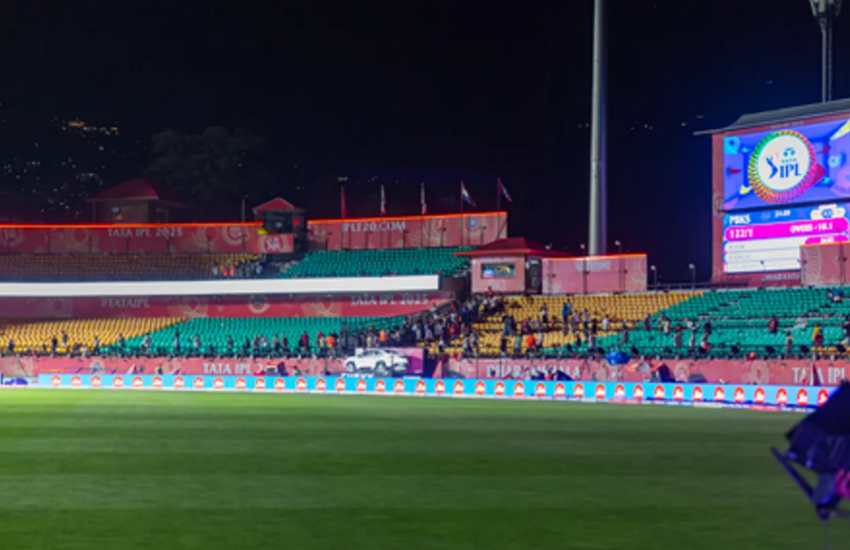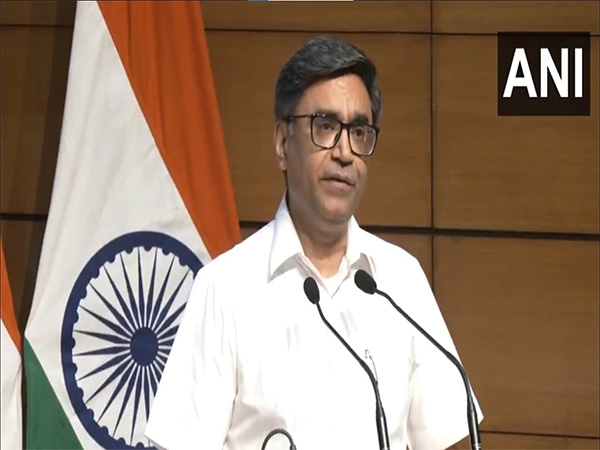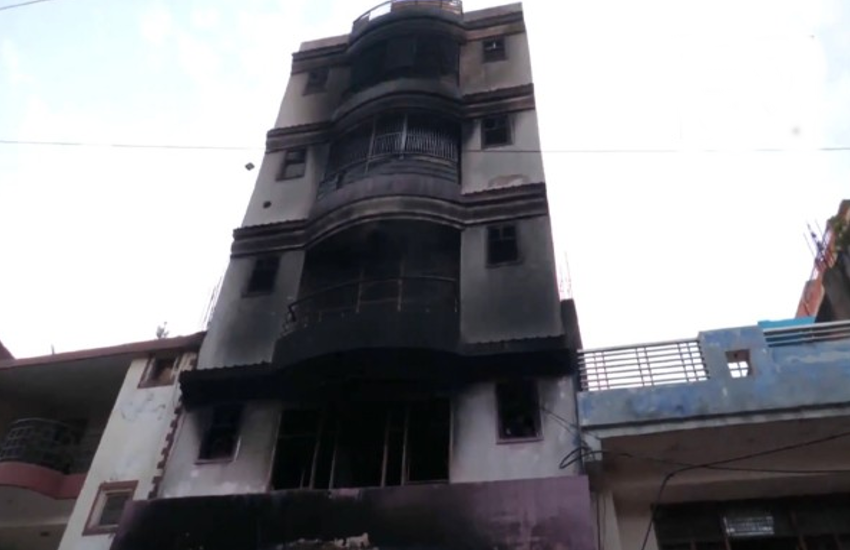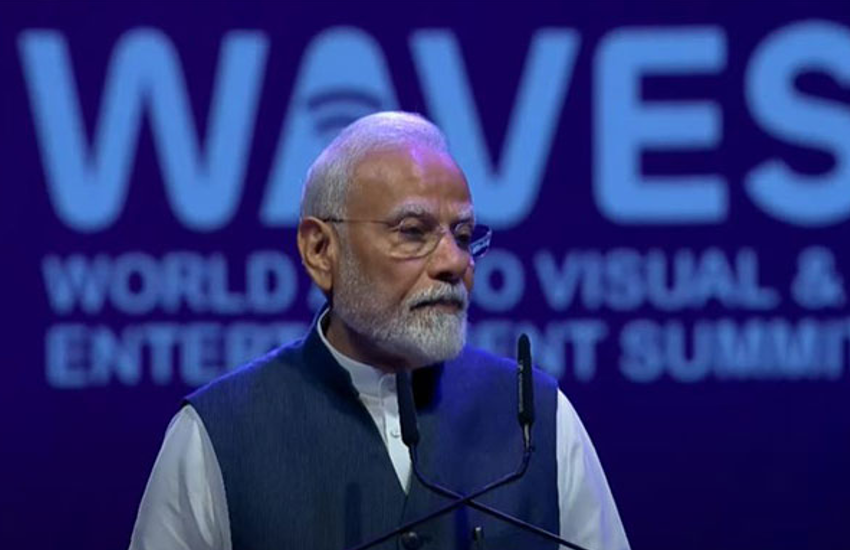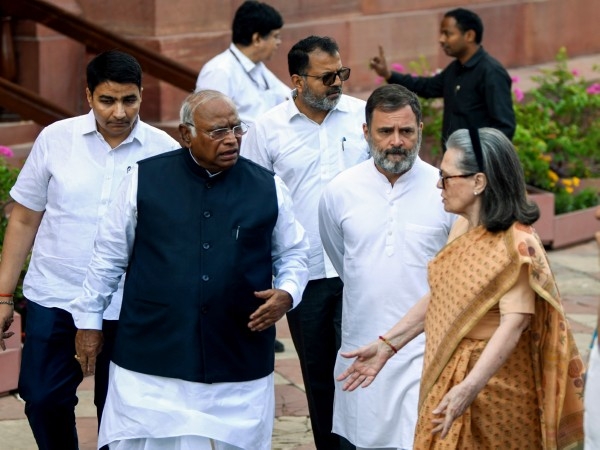Unsafe India: 4 people are murdered and 3 women raped every hour

The last fortnight saw a sudden spurt of terror attacks worldwide - France, Afghanistan and Tunisia - that took nearly 50 lives. But don't worry, India's safe. At least that's what we think. We couldn't be more mistaken.
India ranks poorly in the Global Peace index that was released recently. India features prominently in the global terrorism directory and the economic cost of restricting violence amounts to 4% of our GDP.
Here are a few numbers that show why peace eludes a country that was founded on Mahatma Gandhi's ideal of non-violence.
- That's India's rank out of 162 countries, in the global peace index of the Institute for Economics and Peace
- India is peaceful, but only if compared to Afghanistan, Pakistan, Syria, Iraq, Somalia, Congo, Nigeria and Russia - countries which are perpetually under civil unrest and crisis
- India's position deteriorated by 6 units in just two years, from 137 in 2013 to 143 in 2015
- The number of people who got murdered in India from 2009 to 2013; an average of 33,528 murders every year
- The average number of murders in India in a year roughly equals the total number of people who attended the India versus Pakistan cricket world cup semi-final in 2011
- On further number crunching, it is seen that around 4 murders on an average take place every hour in India
- The approximate number of fake encounter cases officially registered against the police forces in India from 2009 till 2013-14
- Subversion of human rights is far more extreme, with 1,403 police torture cases during the same period and around 1,000 illegal detention cases every year
- International rules against torture are implemented the least in India, along with Argentina, Mexico, Nigeria and Peru, according to a study by Amnesty International
- But why does the police indulge in such atrocities?
- Meenakshi Ganguly, South Asia Director of Human Rights Watch, offers an answer:
- "In many parts of India, the police is the only visible manifestation of the state. Police say that there is pressure from the public to punish crimes. This leads to the police acting as judge and jury, beating up suspects who are presumed guilty without trial"
- That's the number of rape cases registered in India between 2009 and 2013. This roughly means an average of 3 rapes every hour
- The total number of rape cases in these five years is higher than the people who attended the farewell match of the legendary footballer Oliver Kahn, at the Salt Lake stadium, Kolkata
- However, rape is not the only problem that women face in India. On an average, one Indian woman dies every hour because of dowry related issues
- The dowry problem in India is best summarised by the following quote by Francis Bloch and Vijayendra Rao in a World Bank policy paper titled 'Terror as a bargaining instrument: A case study of dowry violence in rural India': "Once the wedding is celebrated and the newly married bride has moved to her husband's home, she is not only a bride but also a potential hostage. Since divorce is nearly impossible, under no circumstances can she move back permanently to her parent's home. Thus, violence can be used as a mechanism to extract further transfers from the bride's family."
- That's the economic cost of dealing with the consequences of violence in India. This cost includes spending on military, police, impact of homicide, property crimes and even lost wages, among many other things
- This amount is about 4.7% of India's Gross Domestic Product or $273 per person in India
- The economic cost of violence in 2014 almost equals to the total amount budgeted in 2015-16 for drinking water and sanitation and health and family welfare
- Or a little lesser than the seating capacity of the Siri Fort auditorium is the number of people who got killed in the last two years in India due to conflicts in North-East, Kashmir and the Maoist infested areas. This includes security forces, insurgents as well as innocent civilians
- This means that over the last two years, 2 people died every day due to internal conflicts
- In terms of internal conflicts, India is better only when compared to Pakistan, Sudan, Nigeria, Somalia and Congo. For instance in 2014, there were 624 terrorism incidents, which caused more than 700 injuries and caused damage to property in 158 cases
- The spike in internal conflict in India owes largely to the Maoist insurgency. Former prime minister Manmohan Singh had called it "the single biggest internal security challenge ever faced by the Indian state"
- Lakshmi Iyer, who teaches at Harvard University ascribes the violence to the fact that the affected areas happen to be economically backward
- That's the number of heavy weapons with destructive capability that India imported in the last two years. India has been most interested in buying missiles and Russia is the most favoured seller. Clearly, building India's military arsenal is a bigger priority than fighting poverty
- India is surpassed in nuclear arms and heavy weapons purchases only by the big players - US, UK,China, France and Russia - besides neighbouring Pakistan
- India has become part of the arms race mainly because of the external threats it perceives from China and Pakistan. The negative consequences of this can be manifold for a country with rampant poverty
- Retired Indian Navy Admiral Arun Prakash has warned "India and Pakistan are edging dangerously close to a spiral in the growth of their nuclear weapons arsenals. This could become a mindless race, driven by mutual suspicion, rather than the actual needs of deterrence and stability"
- India also ranks high in having access to small arms - for instance, in 2013 around 3,297 people in India were killed by unlicensed arms, which is nearly the total number of people killed in road accidents by lorries and buses across 50 cities in India
- That is India's military expenditure in Budget 2015-16, which accounts for nearly 2% of India's Gross Domestic Product
- India's military expenditure is nearly 20 times more than the cost of the Yamuna Expressway - a 165-km six-lane express freeway from Delhi to Agra that makes life easy for thousands of people every day
- As of 2014, India's military expenditure as a share of GDP was even higher than economically developed countries like China, Germany and Japan
- India's score out of 5 in the political terror scale. This has not changed since 2007. India's political terror score is better than only North Korea, Pakistan, Afghanistan, Iraq, Syria and a few sub-Saharan countries
- This indicates that civil and political rights violations are widespread. People are murdered, tortured or made to disappear for political reasons, making India a high risk zone for people who are engaged in politics in some way or the other
- This should hardly be surprising as in 2013, 103 civilians died due to police firing in India. About 100 people died in police custody, even though they were not remanded to custody by the court
- The last 2 years have been worse in terms of civil rights violations, with people being arbitrarily arrested for posting content on social media and the licenses of over 10,000 NGOs being cancelled
- Clearly, India needs to focus on stopping violence, reducing conflicts and eliminating poverty and reaffirm its commitment to liberal, democratic values

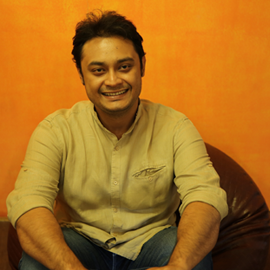




![BJP's Kapil Mishra recreates Shankar Mahadevan’s ‘Breathless’ song to highlight Delhi pollution [WATCH] BJP's Kapil Mishra recreates Shankar Mahadevan’s ‘Breathless’ song to highlight Delhi pollution [WATCH]](https://images.catchnews.com/upload/2022/11/03/kapil-mishra_240884_300x172.png)

![Anupam Kher shares pictures of his toned body on 67th birthday [MUST SEE] Anupam Kher shares pictures of his toned body on 67th birthday [MUST SEE]](https://images.catchnews.com/upload/2022/03/07/Anupam_kher_231145_300x172.jpg)


